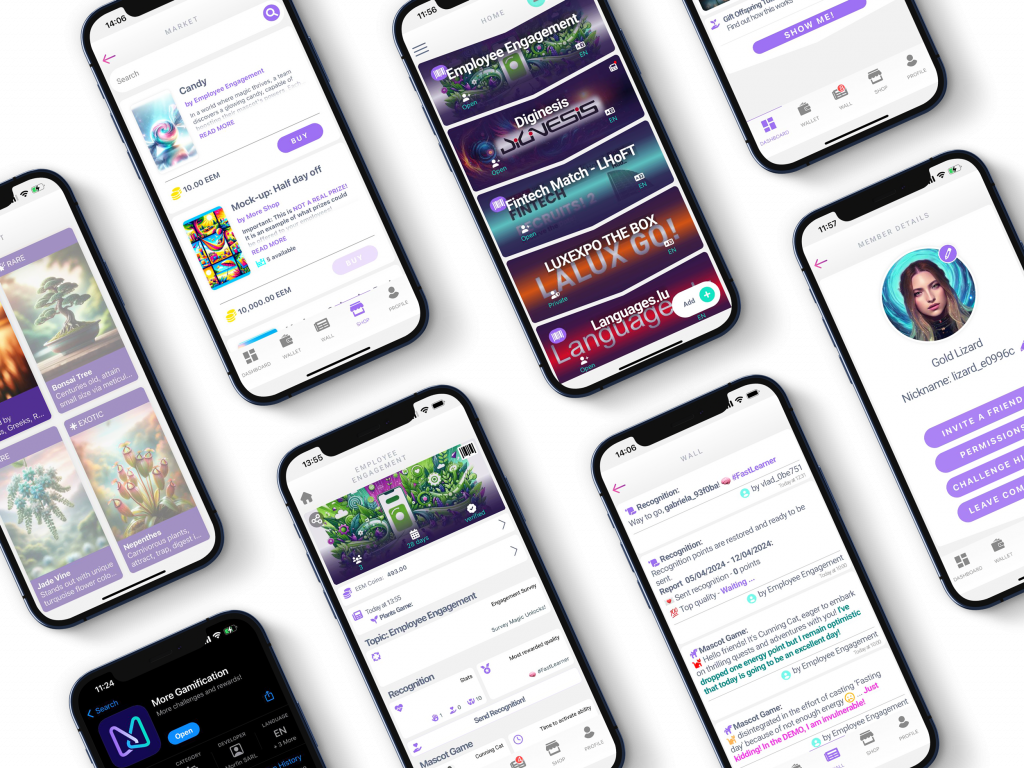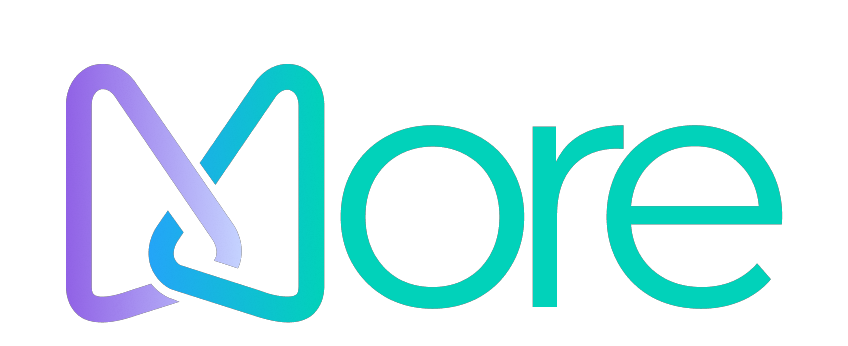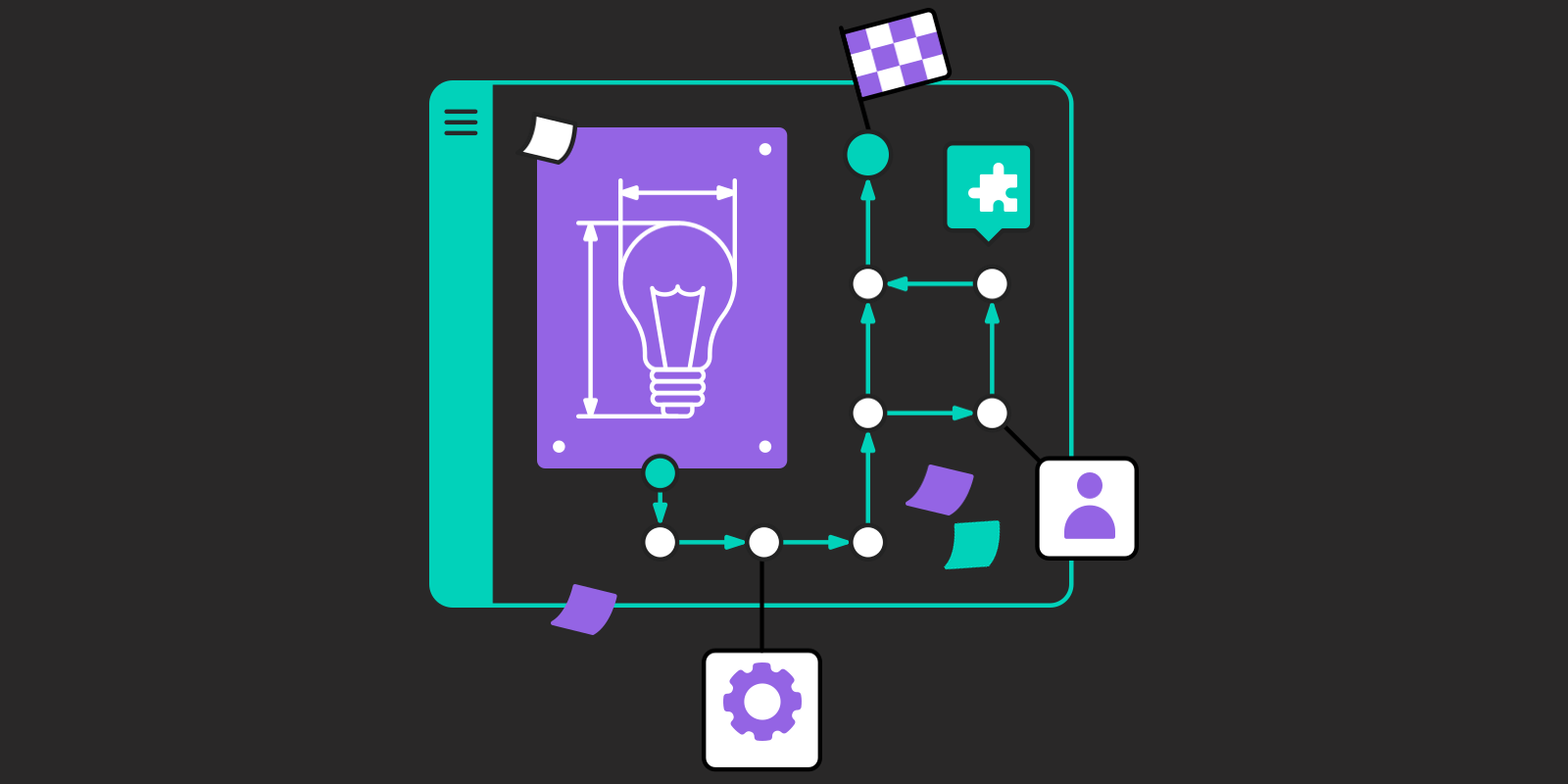Introduction
Employee motivation is a critical factor in achieving organizational success. However, one of the most debated aspects of motivation strategies is whether to focus on rewarding top performers or to celebrate participation across the board. Both approaches have their merits, but finding the right balance is essential to fostering a workplace culture that drives sustained engagement and productivity. This article explores the benefits and potential drawbacks of each approach and offers strategies for integrating them effectively.
The Case for Rewarding Winners
Rewarding top performers has long been a traditional approach in many organizations. This strategy is built on the idea that recognizing and rewarding high achievers will inspire others to strive for similar success. Some key benefits include:
- Increased Productivity: When employees see that exceptional work is recognized and rewarded, it can drive them to increase their productivity to achieve similar recognition.
- Clear Performance Benchmarks: Rewarding top performers helps establish clear benchmarks for success, giving employees a tangible goal to aim for.
- Talent Retention: Recognizing and rewarding top performers is an effective way to retain talent. High achievers are more likely to stay with an organization that values their contributions.
However, this approach can have drawbacks if not managed carefully:
- Potential for Resentment: Focusing too much on top performers can lead to resentment among other employees who may feel undervalued, potentially harming team cohesion.
- Unhealthy Competition: Overemphasizing rewards for top performers can foster unhealthy competition, where employees prioritize personal success over teamwork and collaboration.
The Value of Celebrating Participation
Celebrating participation involves recognizing the efforts of all employees, regardless of their performance level. This approach can create a more inclusive and supportive work environment. Benefits include:
- Boosting Morale: Recognizing participation ensures that all employees feel valued, boosting overall morale and creating a positive workplace culture.
- Encouraging Engagement: When employees know that their efforts will be acknowledged, they are more likely to stay engaged, even if they are not top performers.
- Fostering Collaboration: Celebrating participation encourages teamwork, as employees are more likely to support each other when they know that collective efforts are recognized.
However, there are also potential downsides:
- Dilution of Rewards: If participation is celebrated too frequently or without clear criteria, the value of recognition can become diluted, potentially diminishing its motivational impact.
- Lack of Clear Performance Goals: Focusing solely on participation may make it difficult for employees to understand what specific actions or outcomes are most valued by the organization.
Finding the Right Balance
The key to effective employee motivation lies in balancing the recognition of top performers with the celebration of participation. Here’s how organizations can achieve this balance:
- Diversify Recognition Programs: Implement a variety of recognition programs that cater to both high achievers and consistent participants. For example, while sales awards might reward top performers, “Team Spirit” awards can recognize those who contribute positively to the team environment.
- Set Clear Criteria for Rewards: Ensure that the criteria for all rewards—whether for top performance or participation—are clear and transparent. This prevents any ambiguity and ensures that all employees understand how recognition is earned.
- Rotate Recognition Focus: Consider rotating the focus of recognition programs. For instance, one month might highlight top performers, while the next month could celebrate participation or team efforts. This approach ensures that different aspects of success are acknowledged.
- Incorporate Peer Recognition: Encourage employees to recognize each other’s contributions. Peer recognition programs can help balance the focus on individual achievements by allowing team members to celebrate each other’s efforts, fostering a more collaborative environment.
The Role of Technology in Employee Motivation
Modern technology offers tools that can help organizations strike the right balance in their recognition programs. Platforms like More Gamification, for example, use AI to tailor recognition and rewards to both individual and team contributions.

- Personalized Recognition: More Gamification allows managers to customize recognition based on specific behaviors and outcomes, ensuring that both high performers and consistent contributors are acknowledged.
- Real-Time Feedback: The platform provides real-time feedback and recognition, which can be tailored to reward both participation and top performance. This immediate acknowledgment keeps employees motivated and engaged.
- Data-Driven Insights: By analyzing engagement and performance data, More Gamification helps organizations identify the most effective ways to balance recognition, ensuring that all employees feel valued.
Conclusion
Finding the right balance between rewarding winners and celebrating participation is essential for fostering a motivated and engaged workforce. While it’s important to recognize top performers, celebrating the efforts of all employees can create a more inclusive and supportive work environment. By implementing diverse recognition programs, setting clear criteria, and leveraging technology like More Gamification, organizations can create a culture that motivates all employees to contribute their best.
In the end, the most effective employee motivation strategy is one that values both achievement and effort, ensuring that every employee feels appreciated for their contributions to the organization’s success.


